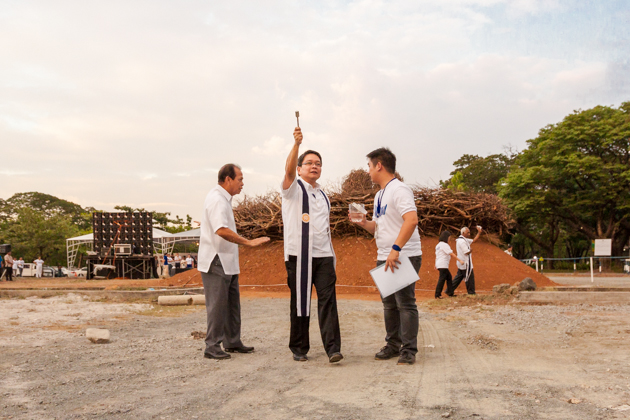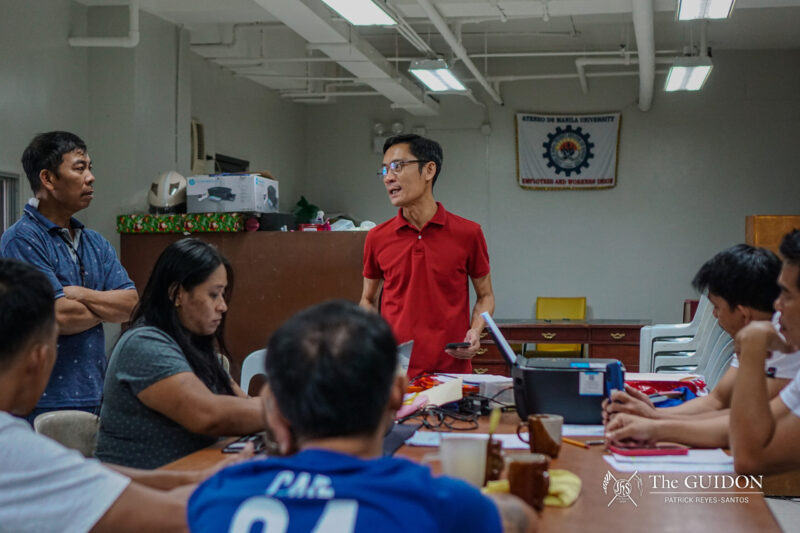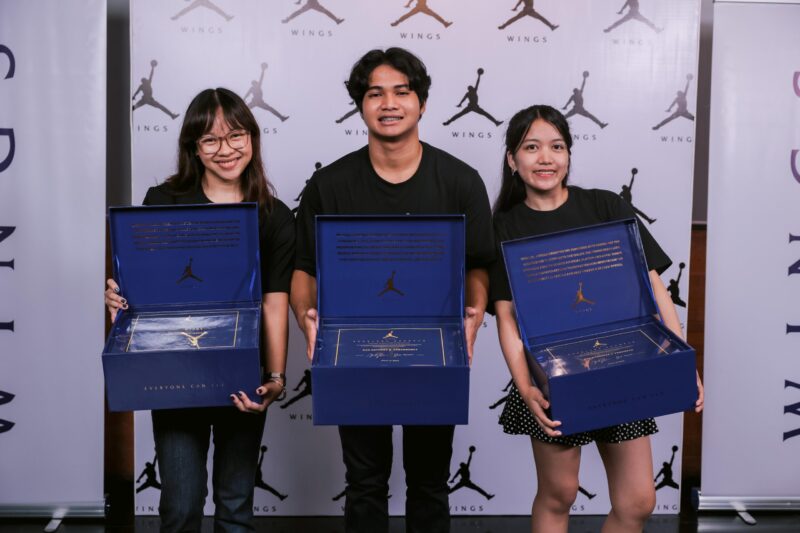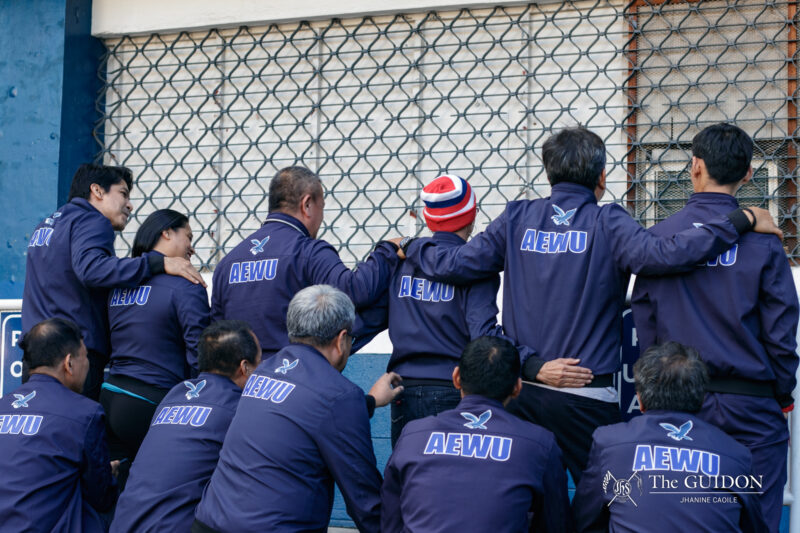UNIVERSITY PRESIDENT Jose Ramon Villarin, SJ said that the Ateneo Creative Hub, set to be established in front of the Ricardo and Dr. Rosita Leong Hall, aims to cultivate a “spirit of creativity and innovation” in the Ateneo community.
“The hub itself is envisioned to be a place where we can reinvent education, enabling Ateneans to multiply their talents, broaden their horizons, and create new wealth and insight from within and outside their chosen fields,” he said.
In an interview with The GUIDON, Villarin said groundbreaking for the Ateneo Creative Hub is set to begin by summer 2014 once 60 percent of its funding has been secured.
Construction is estimated to last for a year and a half. W.V. Coscoluella & Associates made its structural design.
According to Villarin, a new management group will be created to supervise the Ateneo Creative Hub’s operations.
The administration has not yet finalized the official name of the hub, however.
Inside the Creative Hub
Villarin said that hub will be composed of two wings, one for culture and the arts, and the other for learning innovation.
The first wing will feature a 900-seat theater, a 200-seat black box theater, three major galleries, three minor galleries and a printmaking institute.
Meanwhile, the learning innovation wing will feature “sandboxes” or alternative classrooms and laboratories for fine arts classes. The building will also house studios for the performing arts.
School of Humanities Dean Maria Luz Vilches, PhD said that the learning innovation wing will also house the faculty of the Fine Arts Program, the office of which is currently located at Gonzaga Hall.
Moreover, the Ateneo Cordon Bleu Institute is set to be established in this wing as well. The institute, to be run by the Ateneo Graduate School of Business, will serve as an avenue for Ateneans to receive premium education in hotel and restaurant entrepreneurship studies.
“It (Ateneo Creative Hub) will be a busy place where we hope to generate new thinking, new systems and processes, new products and services,” Villarin said.
“This is where we hope to make inter-disciplinary work happen so students will be working in partnership with others.”
Villarin clarified that the hub will not only focus in the development of the arts but of other fields as well.
“This is not going to be just an arts and culture place. You will need the techies, management types, the legal minds, the social science groups to generate and sustain the creative goods, products and services that will be developed in this hub,” he said.
Vilches also thinks that the Ateneo Creative Hub will likely give rise to the formulation of inter-disciplinary minor courses in the Ateneo.
Contributions to the community
Villarin mentioned that the hub’s establishment is another concrete move in attaining the three strategic thrusts he has set for the Ateneo: Nation building, environment development and mission identity.
Freshman creative writing major Ejay Domingo said that the attainment of the thrusts will not only depend on the hub but on the people who will be using it in the future.
“The hub has a great capacity for helping with the attainment of [the] thrusts, although ultimately it shall fall upon how it shall eventually be used… The nature of the development shall depend upon who choose to tread the path and how,” Domingo said.
Meanwhile, Vilches pointed out that the hub can help prepare the students face the “outside world.”
“In the outside world, you cannot work on things alone. You have to collaborate and if this hub will help people collaborate, then I think we’re happy about where it wants to go,” she said.
Similarly, senior creative writing major Dominique La Victoria believes that the Ateneo Creative Hub will hone students “by putting them in the right environment.”
“Theater arts classes can be held in a proper full-functioning theater with great acoustics [and] musicians would have proper [facilities] to rehearse,” she said.
Domingo added, “[The hub] provides an outlet for the artists as well as exposure for the audience, both of which go a long way in their mutual humanistic development.”







